Khamzat Asabaev explains how artificial intelligence (AI) can make treatment more accessible, efficient, and cost effective. Read about the transformative nature of this technology on orthodontics.
Khamzat Asabaev talks about combining technologies that can transform orthodontic workflows
Incorporating AI and gamer technology in orthodontic treatment planning software will usher in a new era of care and drastically improve how patients receive treatment. What will it mean to marry these two technologies? Let’s break it down.
AI presents the capability to automate repeatable, tedious, and time-consuming tasks. It also makes way for more accurate and faster results that reduce human error. Utilizing gamer technology in treatment planning software means translating patient scans into life-like and beautiful graphics akin to today’s latest animated movies — the more realistic the graphics, the more likely the patient will get more accurate treatment planning.
The result? The combination of these two technologies is nothing short of extraordinary for the orthodontic industry and will transform orthodontic workflows as we know it, especially for clear aligner treatment planning.
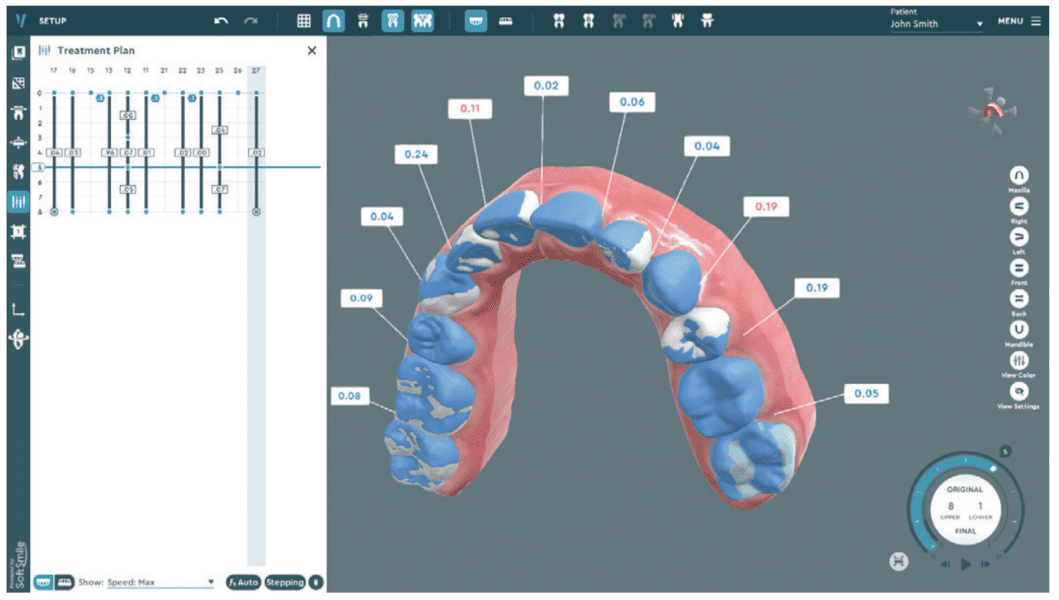
Where gamer technology meets precision in orthodontics
It is an exciting time for AI in the world, but I’d argue it’s even more exciting through the lens of orthodontics. The inception of leveraging AI and gamer tech together emerged from a pragmatic need for a high-precision solution to navigate 3D dental data. Most solutions available today are designed by programmers with little to no doctor input, making them inconvenient and challenging to use. Using video gaming technology’s flexible tools and comprehensive frameworks is an optimal choice to correct this issue.
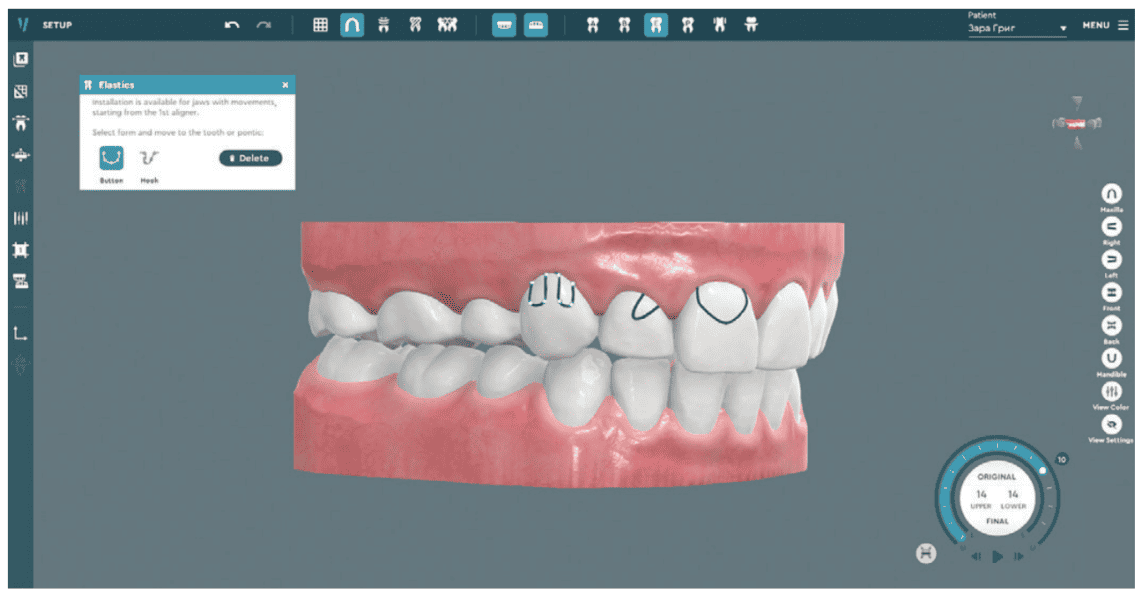
Drawing inspiration from video game design principles, the latest digital treatment planning software can now provide doctors with a highly realistic interface that enables them to view patients’ teeth and gingiva in unprecedented detail. This level of visuals leads to increased precision and more effective treatment planning, resulting in improved patient outcomes.
Beautiful graphics are one part of driving precision in treatment planning. The second part is leveraging AI capabilities — specifically neural networks based on machine learning that take out the guesswork and limit human error (more on how this works later). Neural networks are at the forefront of revolutionizing treatment planning. Orthodontists or technicians using AI-driven software can reduce treatment planning time by 95% without compromising quality — from around 90 minutes to 5 minutes.
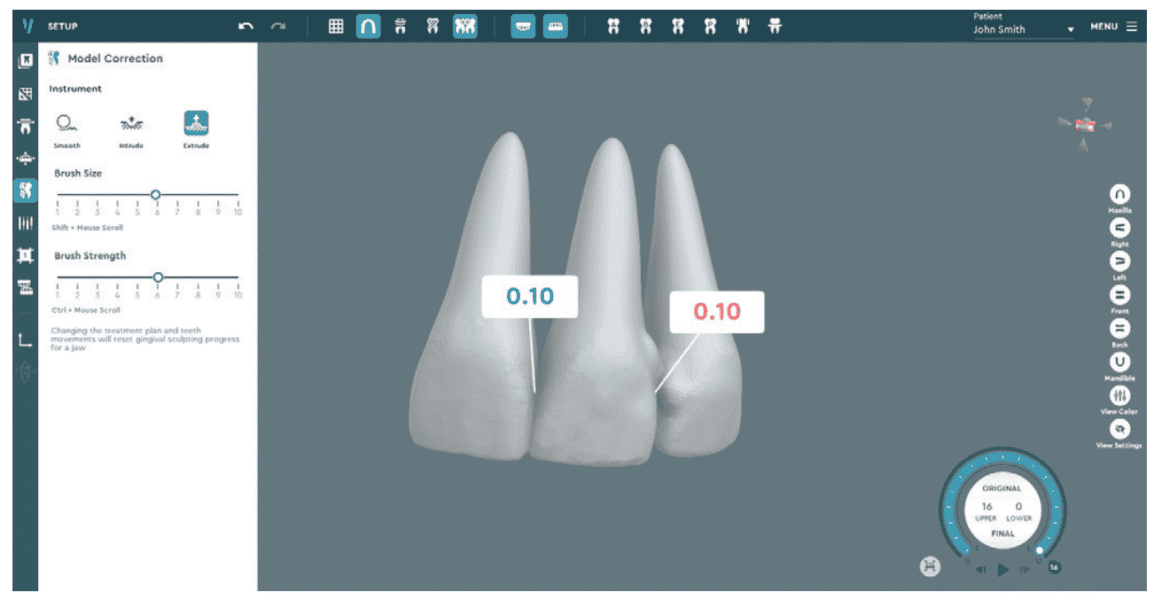
Saving time creates cost-savings from both a practice and patient standpoint. By automating the labor-intensive processes, orthodontists or technicians can now complete treatment planning in a fraction of the time it previously required. AI-driven treatment planning software has the potential to drastically reduce the cost of clear aligners.
My hope is that this efficiency translates into significant cost savings for both doctors and patients by ultimately driving down the expenses associated with aligner treatments. AI streamlines the aligner creation process and contributes to a ripple effect that lowers patient costs across the entire orthodontic industry. As a result, orthodontic care becomes more accessible to a broader demographic.
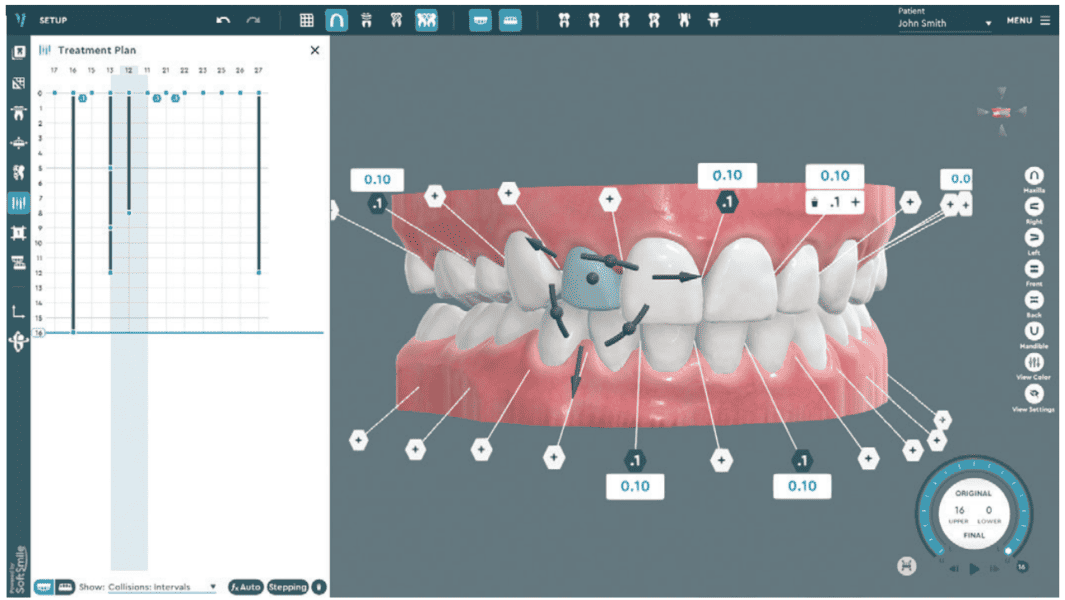
This transformative shift breaks down longstanding access barriers, ensuring that orthodontic care is no longer confined to a select few, but becomes a viable option for more people around the world, taking care costs from thousands of dollars to mere hundreds of dollars.
How does the AI actually work?
Circling back to the concept of neural networks, while it might sound complicated, in essence, neural networks are simply a way for AI to mimic how the human brain works. In the case of orthodontics, they complement human expertise by automating complex tasks in orthodontic treatment planning. This type of AI, emulating biological neurons, refines its knowledge through supervised learning, ensuring accuracy.

Now that we understand the basics of neural networks, let’s discuss how this technology was built. First, doctors or technicians had to manually label components like bones, teeth, and soft tissue during the segmentation process. After collecting the input data on hundreds of cases, the manual input human doctors provide is fed into the AI to train the neural network, which is an arrangement of artificial neurons.
This supervised learning effectively teaches the network how to identify and label specific elements in the mouth scans (for instance, what is the lower jaw and upper jaw). Then over time, the neural network becomes proficient in automating the segmentation process, significantly enhancing the efficiency and accuracy of treatment planning. When the network makes a mistake, it’s explicitly told what the correct outcome should be. This feedback loop is crucial for the neural network’s learning process.

Through backpropagation and gradient descent — fancy words for AI optimization — the network adjusts its internal parameters, effectively fine-tuning its understanding. This refinement ensures that in future segmentation, the network is less likely to make errors, particularly in complex tasks like aligner treatment planning.
In fact, some solutions even learn a doctor’s specific preferences and will adapt future treatment plans based on the input the system receives to customize a doctor’s future cases. Continuous AI training ensures evolving, cutting-edge solutions will be available on the market. As more doctors adopt this type of treatment planning, software will only get better and more precise as time goes on.
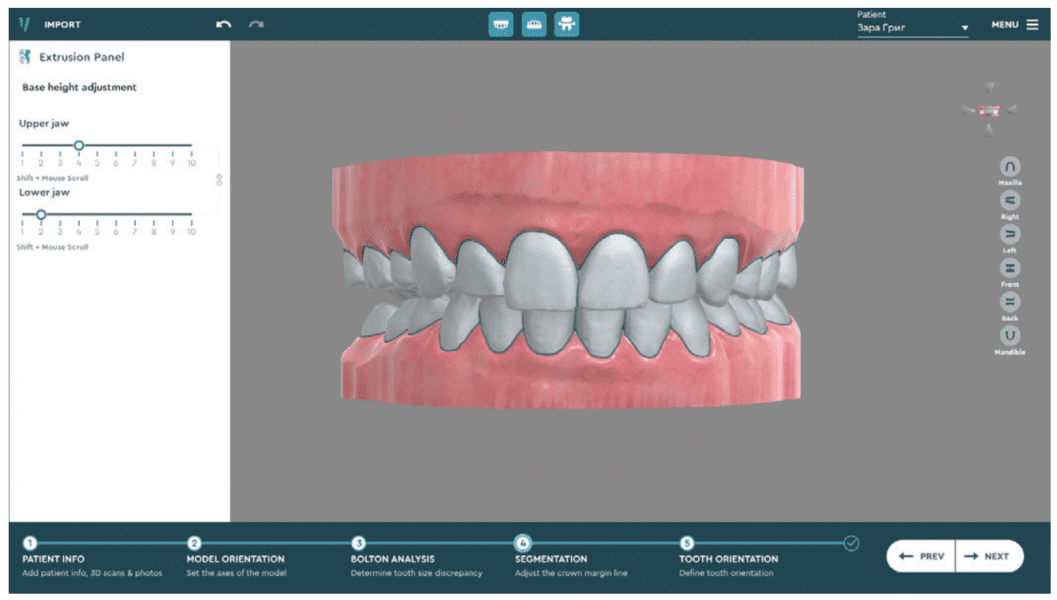
Addressing ethical concerns
Ethical concerns regarding AI are a hot topic, but in the case of orthodontic treatment, it doesn’t need to be. I feel strongly that as long as doctors remain in control of the process, ethical issues shouldn’t be a concern.
Concerns should arise when everything is unquestioningly entrusted to AI. But fortunately, that is not the case. The tech on the market today only involves AI selectively, making it crucial to clarify the type of AI being used and how it is being used. AI in orthodontic treatment planning is all about augmenting what a doctor is already doing and in no way, shape, or form is poised to replace human input.
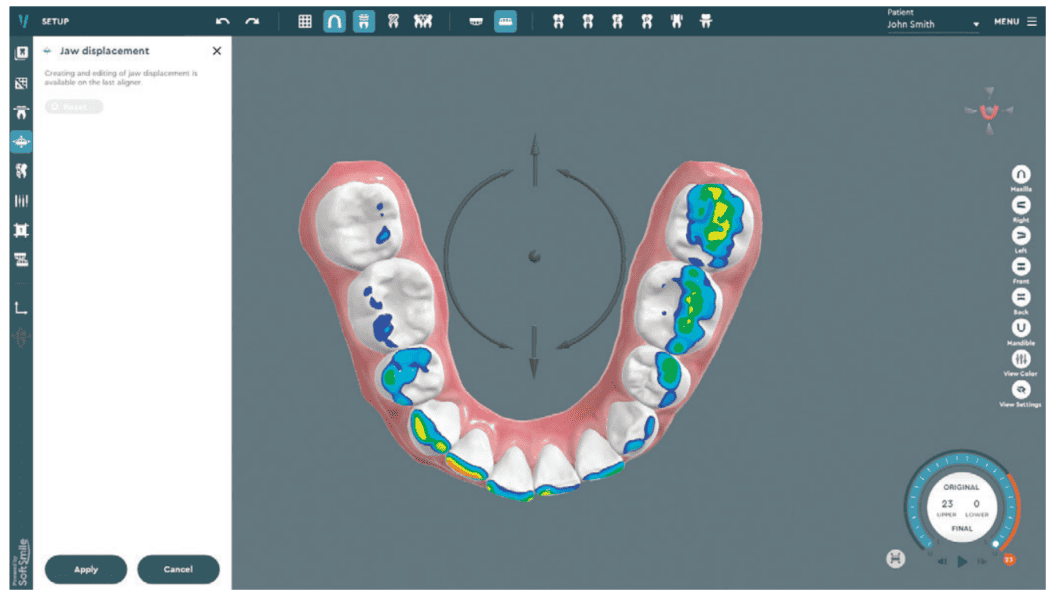
With how AI is used in today’s treatment planning, it ensures that doctors and specialists retain absolute control throughout the entire process. The utilization of AI serves as only an aid, rather than a replacement, for human expertise.
While AI plays a pivotal role in automating certain aspects of treatment planning, it does not dictate the overall course of treatment. Doctors identify key points and make informed decisions, maintaining a crucial role in the process. This ensures that the final say always rests with the human expert, preventing any potential ethical dilemmas.
The future of aligner technology: a paradigm shift
Looking ahead, the orthodontic landscape is quickly moving toward a paradigm shift. Braces and aligners are evolving to become commodities, with a growing number of practitioners producing aligners in-house more quickly and affordably with comparable quality to well-established brands. This shift promises two significant changes.
First, aligners will become more accessible to patients in remote and underserved areas, as prices plummet and doctors are able to print aligners on the spot within 30 minutes. This democratization of access will redefine the practice of orthodontics. Secondly, the role of the doctor will gain prominence, with more patients able to visit skilled specialists who offer tailored solutions more quickly and efficiently than ever before.
The fusion of AI and gamer technology is reshaping the orthodontic industry, heralding a future where quality care is more accessible, efficient, and cost-effective. This is just a glimpse into the transformative potential of the future of orthodontic treatment.
For more information about the capabilities of artificial intelligence in the orthodontic office, read Dr. C. William Dabney’s article, “Artificial Intelligence (AI) and orthodontics — can you imagine where we will be in the very near future?” at https://orthopracticeus.com/technology/artificial-intelligence-ai-orthodontics-can-imagine-will-near-future/
Stay Relevant With Orthodontic Practice US
Join our email list for CE courses and webinars, articles and mores


